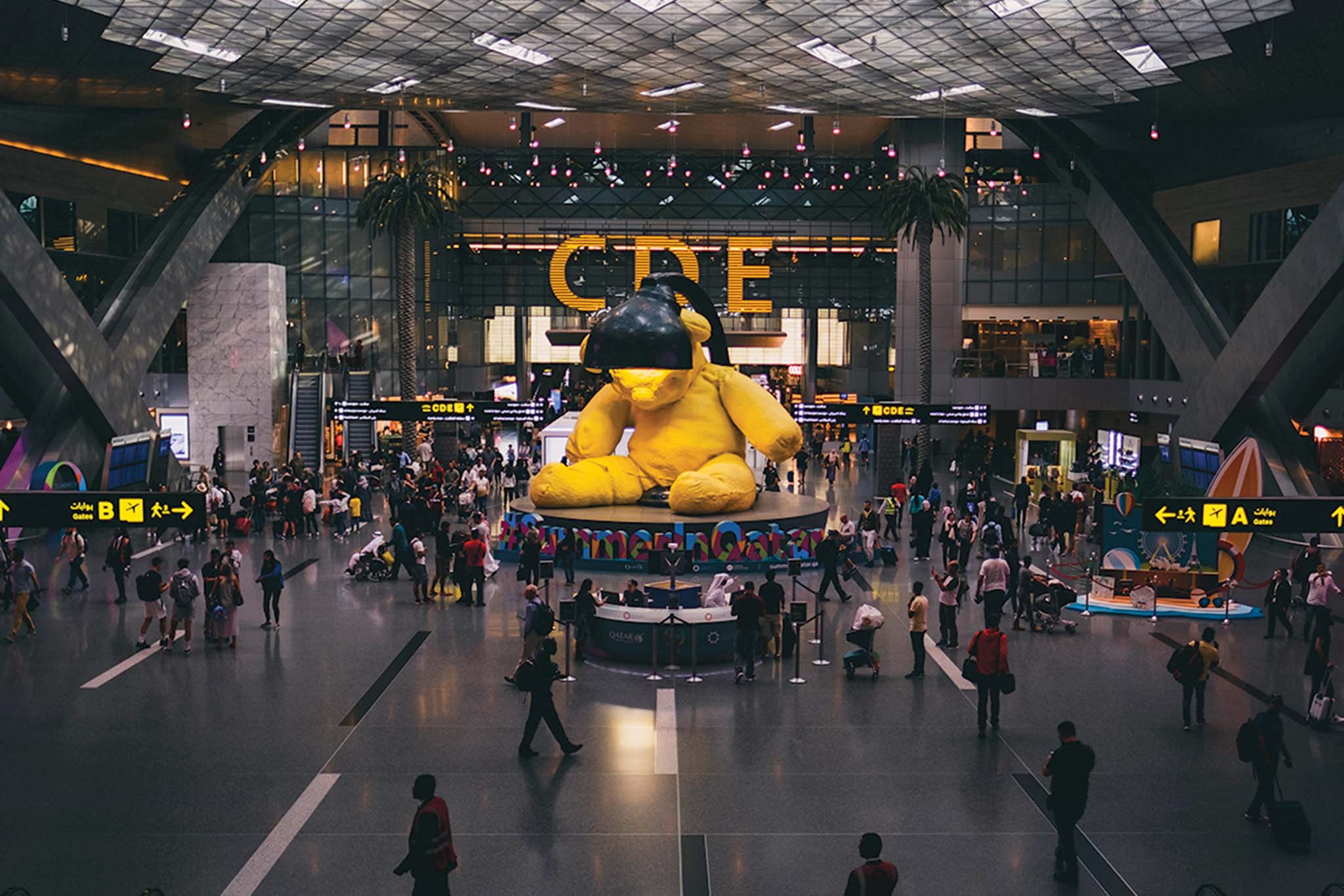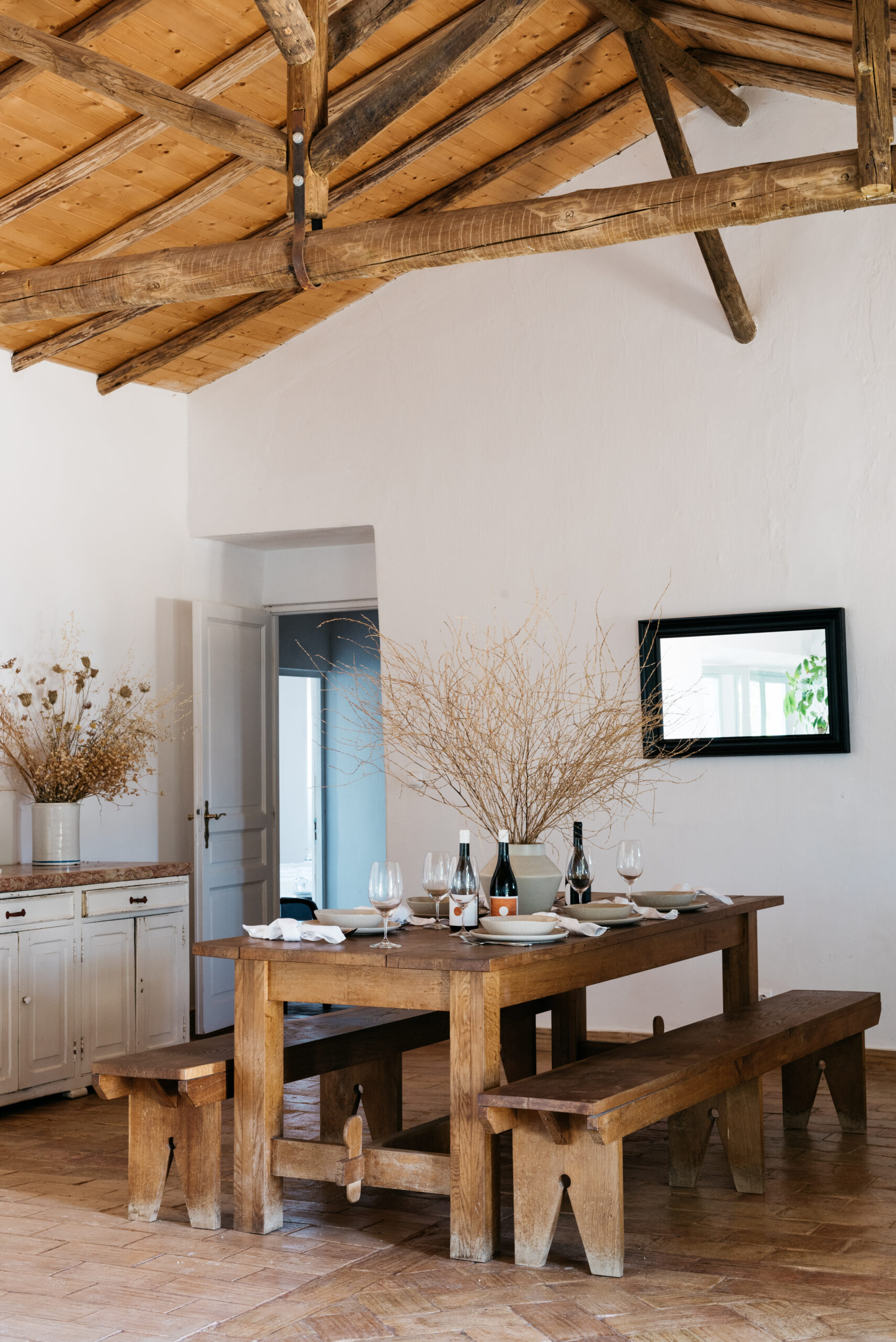Text by Todd Plummer
Images by Visit Doha
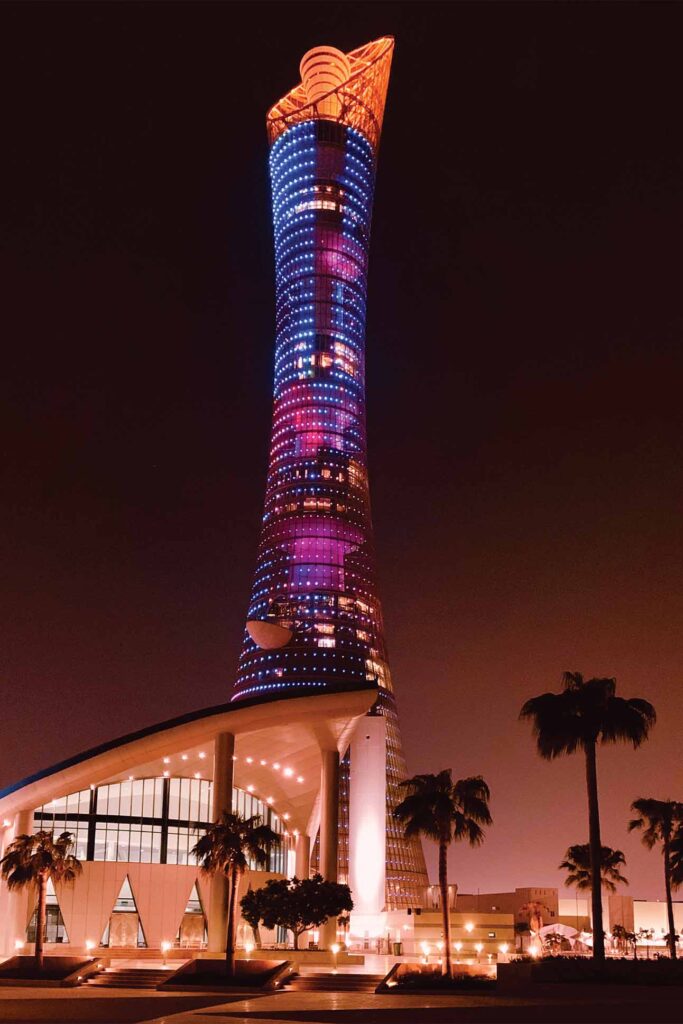
Doha is a city of contrasts, and descending upon it by plane is a striking experience. Arrive by day and you’ll see a gleaming, contemporary hub rising up from the horizon, where an unending expanse of scorched sands meets the turquoise Persian Gulf. Arrive by night and you’ll see a glittering metropolis appear from the darkness as if out of nowhere. Either way, there’s an inescapable sense that this city is both a major highway of the world and a destination in its own right.
Step off the plane into Hamad International Airport and the fever dream continues. People from every walk of life and all around the globe criss-cross the terminals in a dazzling array of cultures and spoken languages. Yet despite the airport’s global footprint, a sense of serenity and efficiency permeates the air. People aren’t rushed here—they’re enjoying all that this place has to offer.
Families gather around art installations for photos. Fashion lovers shop the array of luxury boutiques, which are second to none. Health enthusiasts make the most of long layovers with a spa treatment or workout at the in-terminal Wellbeing & Fitness Center. The atmosphere is glamorous and energetic—proving that age-old adage about the journey being as important as the destination.
Flying through Doha’s airport is by any measure a rewarding experience. But taking the time to experience this city itself is the real treasure.
For centuries, Doha was little more than a sleepy fishing and pearling village. It wasn’t until the discovery of Qatar’s oil reserves in the mid-20th century that Doha’s wealth began to come into focus; once Qatar declared independence from Britain in 1971, the country’s future trajectory achieved liftoff.
The Doha of today features many of the things that make Middle Eastern cities attractive and internationally resonant for visitors, from luxury hotels and European boutiques to fine dining. But what sets this city apart is its commitment to fostering a cultural renaissance and investing in the arts—a series of goals and values espoused in Qatar National Vision 2030, a strategic blueprint for the city’s sustainable development.
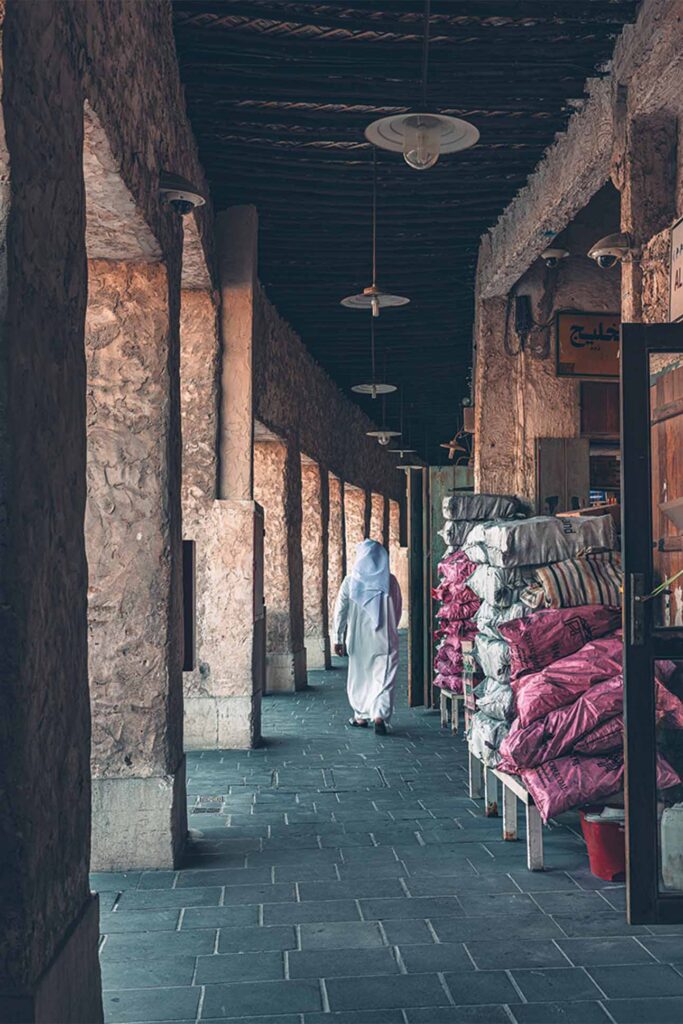
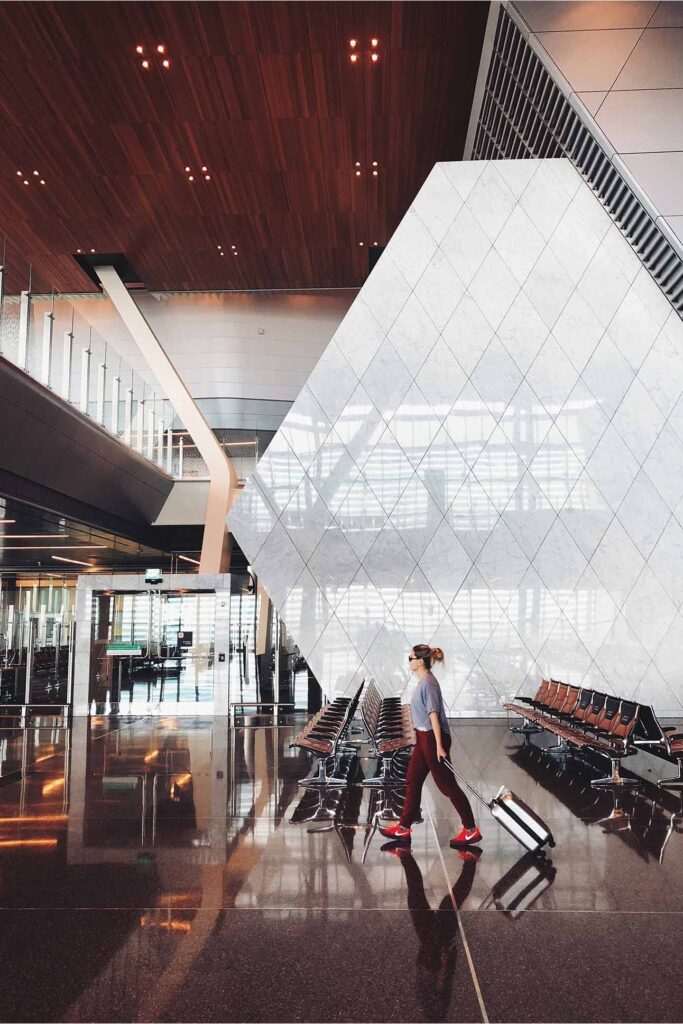
The city seems determined to at least consider its relationship with the planet. Sustainability takes center stage at the Expo 2023 (formally, the “2023 International Horticultural Exposition”), which runs from October 2023 through March 2024. The Expo will explore the theme “Green Desert, Better Environment” as a platform for sharing initiatives and best practices for a more sustainable future. Fifty-one countries will participate, bringing Doha’s message of innovation around the world.
The other definitive pillar of this city’s future is its commitment to art. Hamad International Airport acts as a literal link to the rest of the world, but investments in art and design position Doha as a figurative link between contemporary cultures everywhere.
The city’s public art and museum offerings are immense. The Museum of Islamic Art is one of I.M. Pei’s architectural masterpieces, and houses one of the world’s most comprehensive collections of Islamic art. Pritzker Prize-winning architect Jean Nouvel’s stunning National Museum of Qatar consists of interlocking discs of varying diameters and curvatures, reminiscent of a desert rose. And site-specific, large-scale art works from Jeff Koons and Olafur Eliasson demonstrate that Doha’s desert landscape lends itself to aesthetic creativity.
“Doha offers a rich tapestry of cultural influences, making it a dynamic and inspiring place for artists and architects,” says Khalifa Al Obaidli, director of Fire Station, the official Qatar Museums’ artist-in-residence program.
This city’s cache of luxury shopping and five-star hotels has less to do with luxury for luxury’s sake, then, and more with attracting the world’s best audience for creative talent.

“For artists, Doha’s museums and galleries, along with the patronage of Qatar Museums, offer exposure to diverse audiences and a chance to engage with a rapidly growing art scene,” Al Obaidli says. “The support for artists and architects in terms of grants, residents, and collaborations is noteworthy. As Doha continues to position itself as a global cultural hub, the value of building, exhibiting, or performing here lies in being part of a transformative journey that transcends boundaries.”
If you don’t have enough time to visit all of the city’s museums on your trip, don’t worry—there’s plenty of art and design in the airport that you can appreciate before your flight home. A soaring “orchard” atrium with suspended walkways offers a soothing and natural atmosphere, and the terminals are lined with works from world-renowned artists like Ahmed Al Bahrani, Jean-Michel Othoniel, KAWS and more.
Perhaps the most iconic work of all is Urs Fischer’s 23-foot canary yellow teddy bear sculpted in bronze. It’s a perfect emblem of what this city has to offer—both a landmark from which to orient yourself in a dizzying cultural crossroads, and a symbol of Qatar’s growing relevance in international culture.

